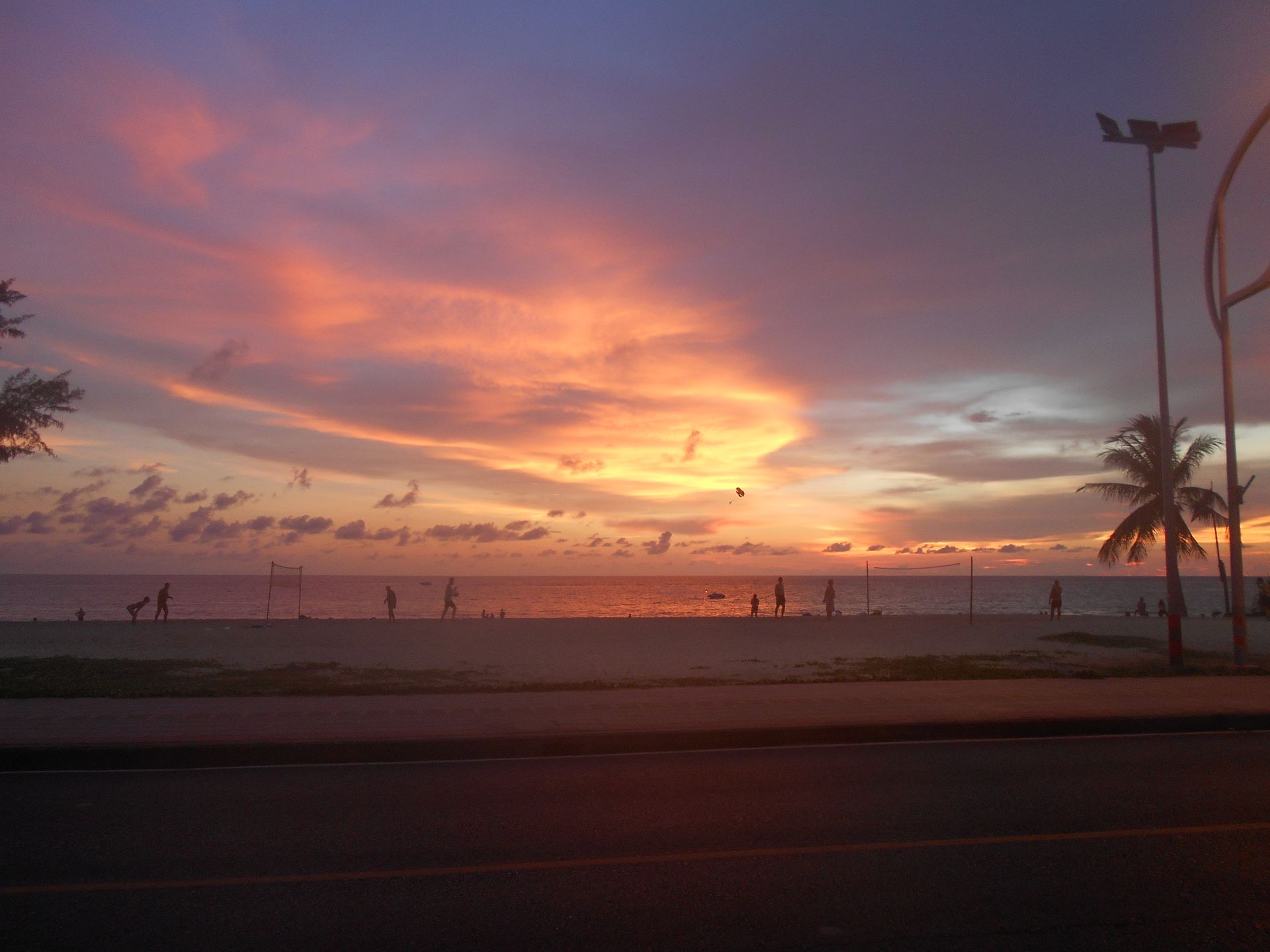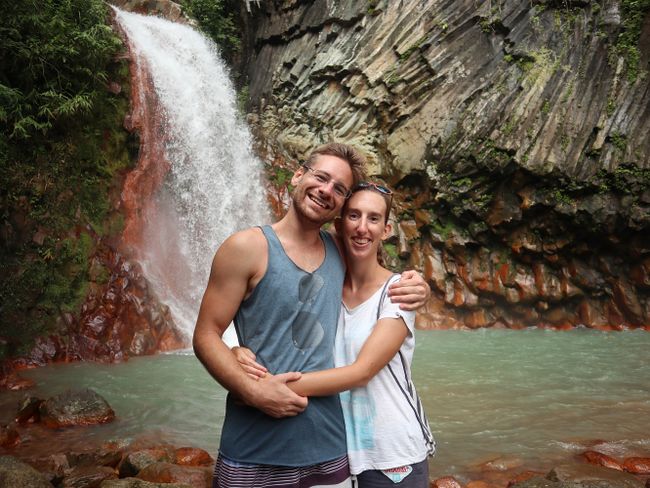Experience history lessons! (Day 99 of the world trip)
Julkaistu: 12.12.2019
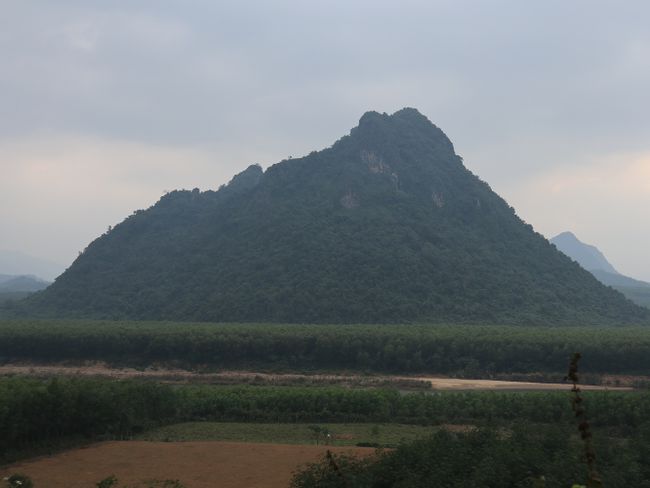
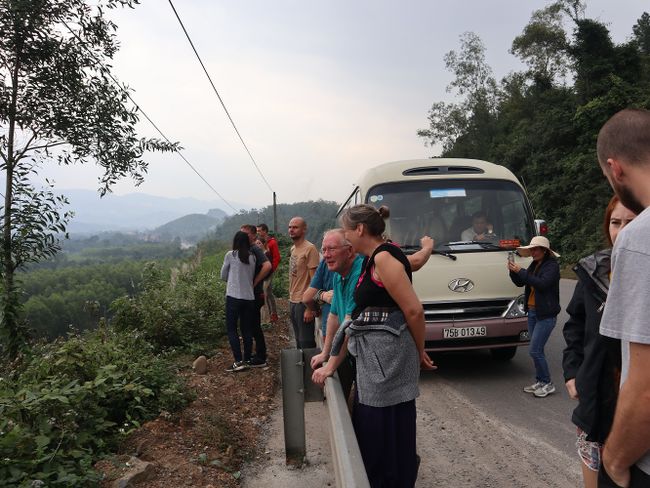
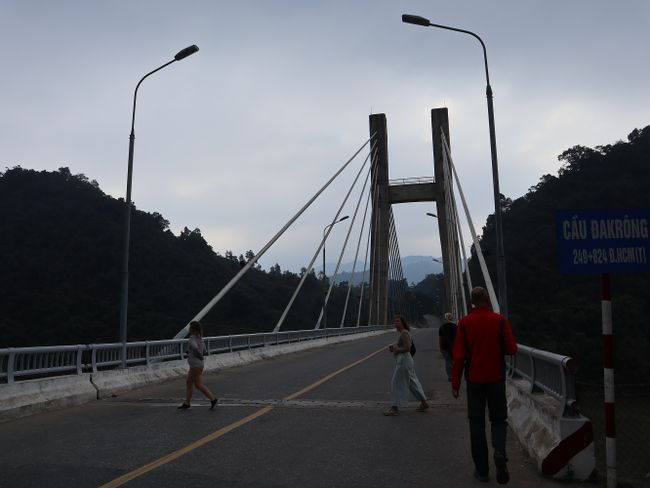
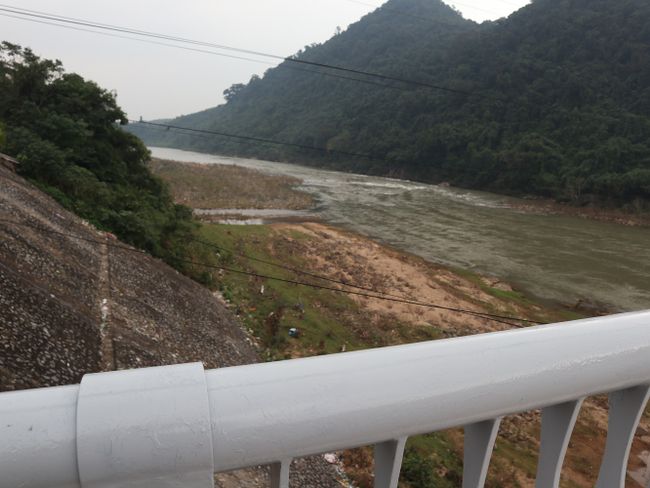
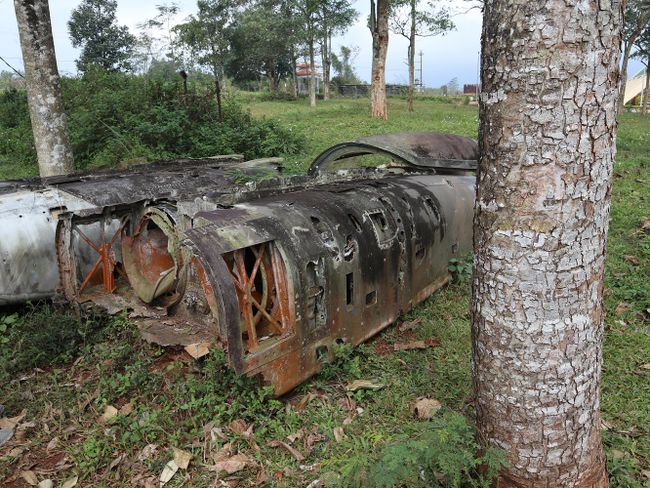
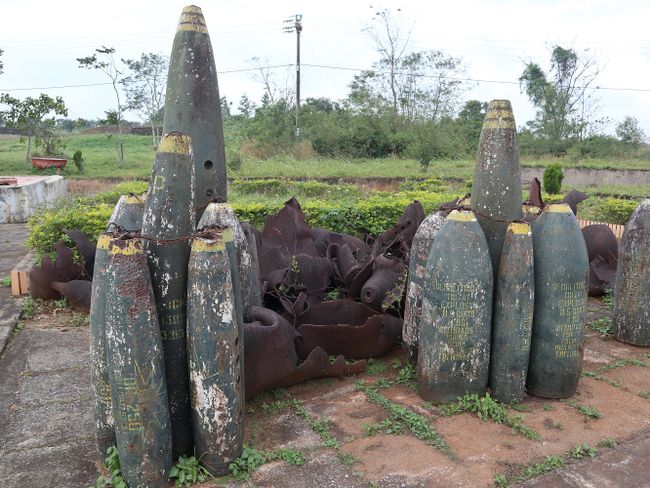
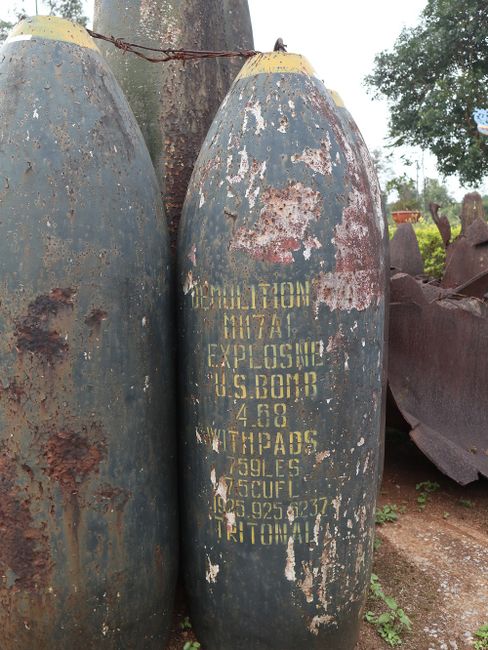
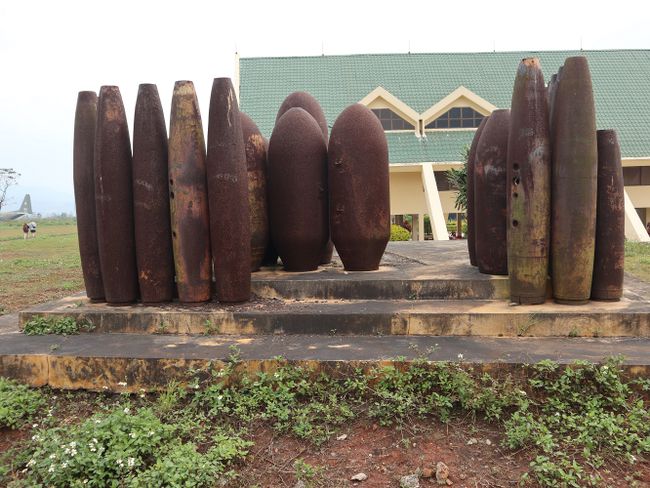
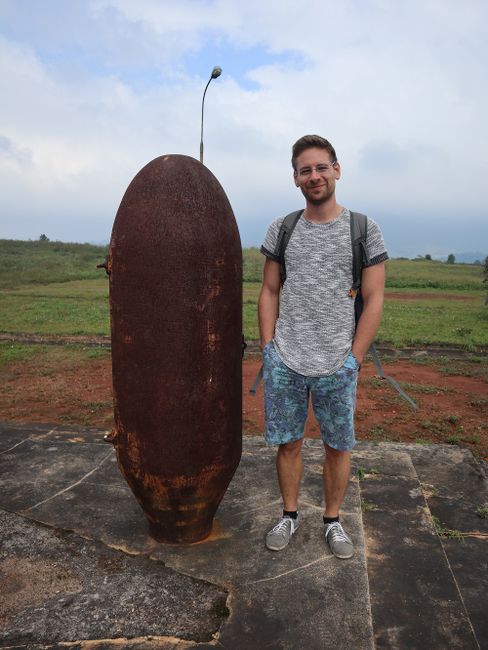
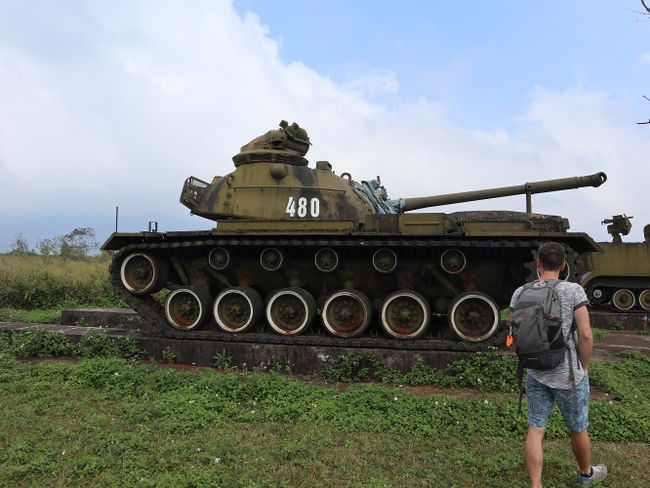
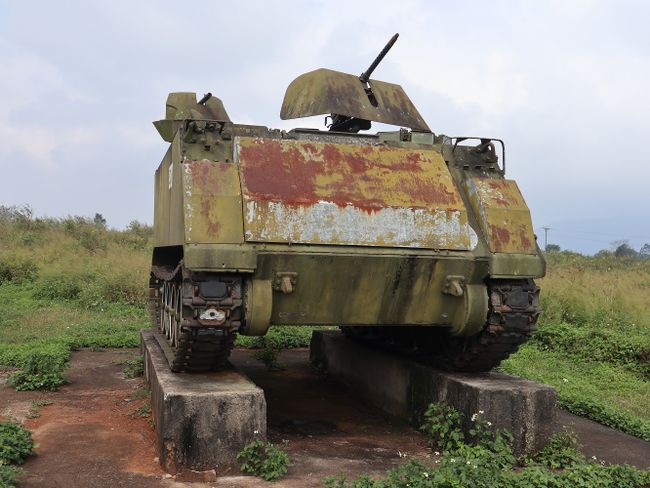
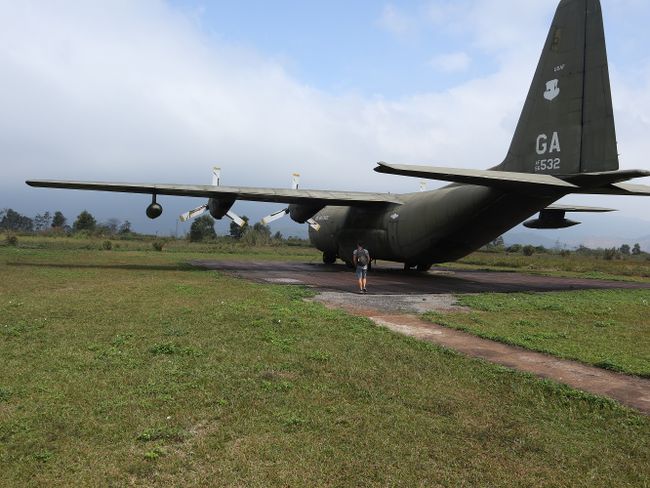
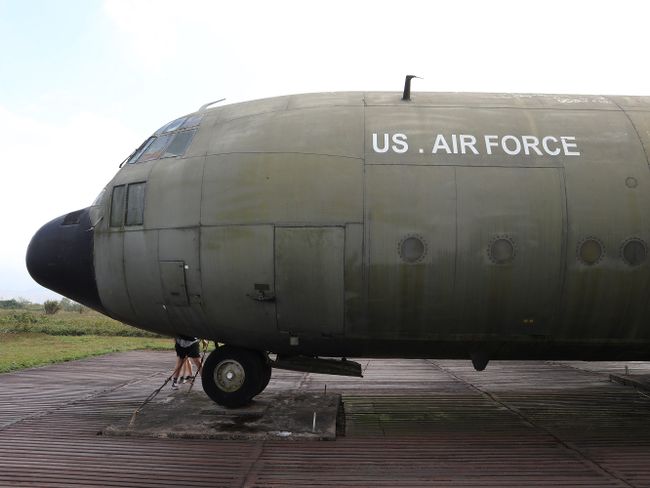
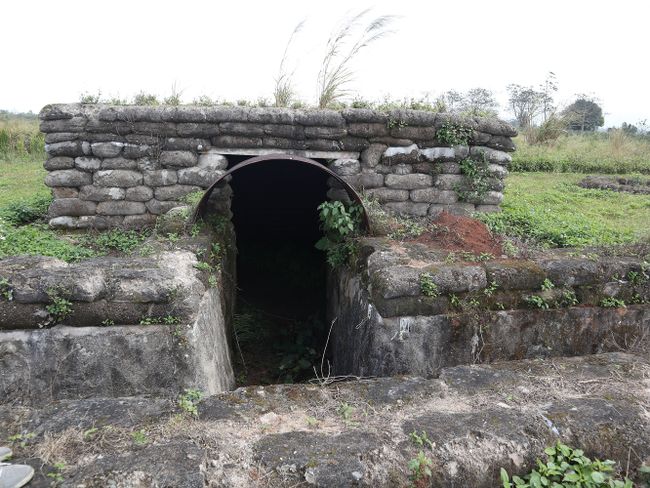
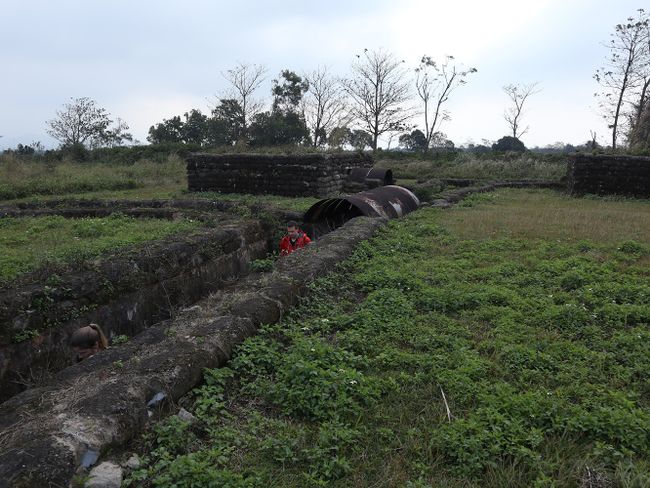
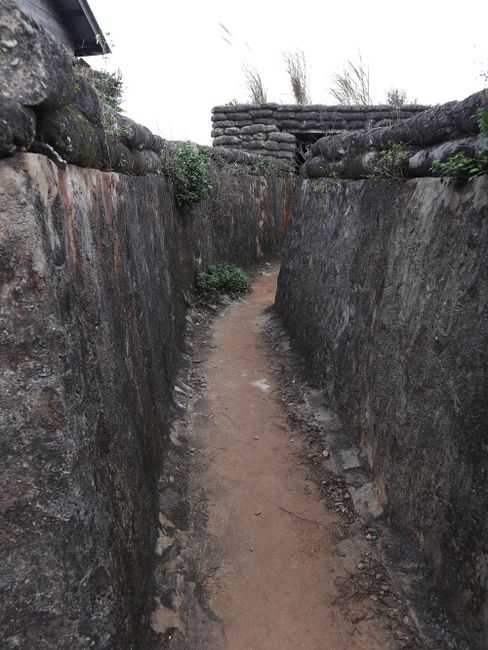
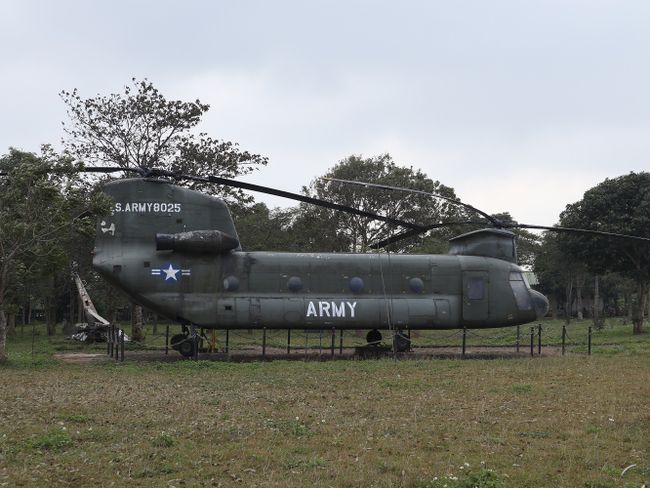
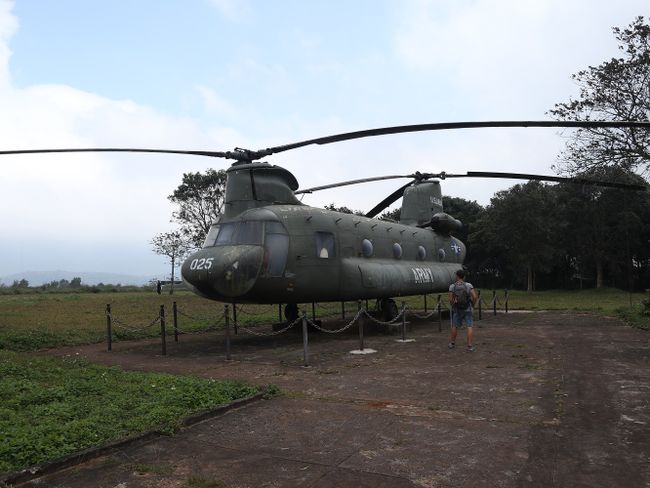
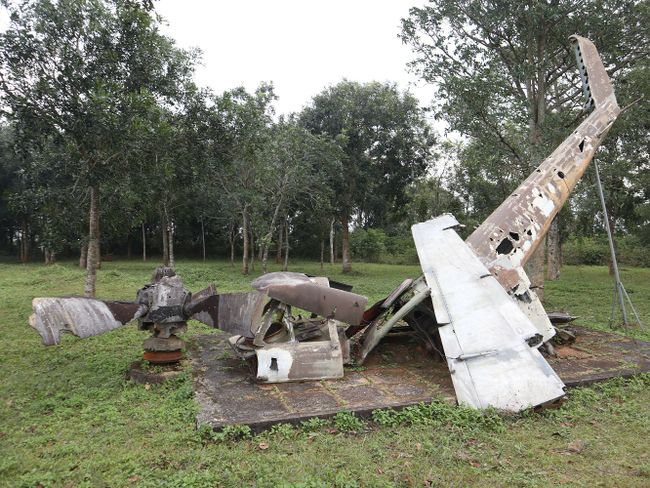
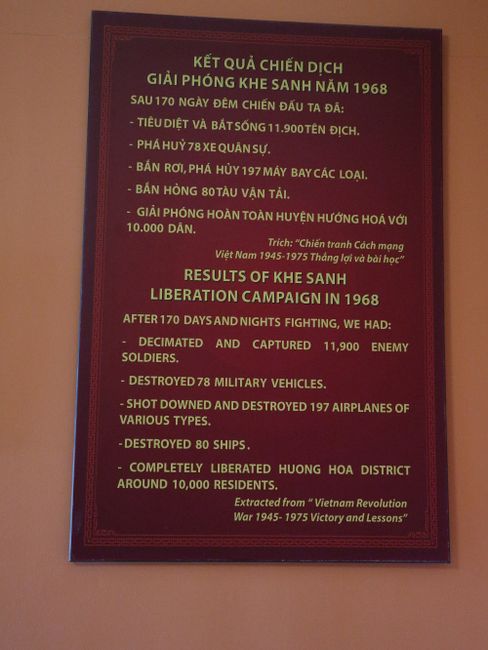
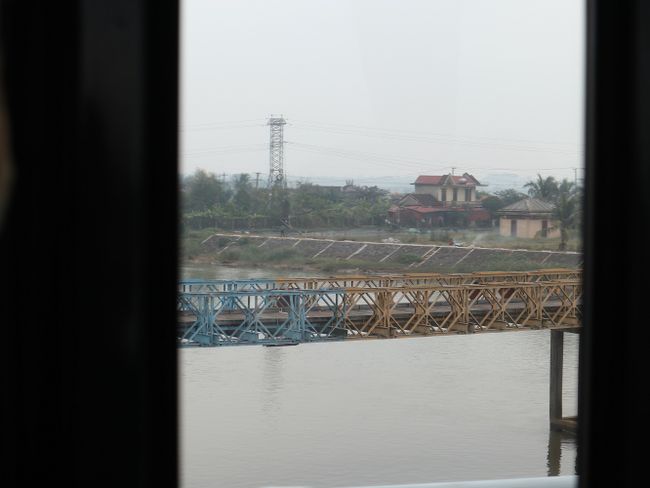
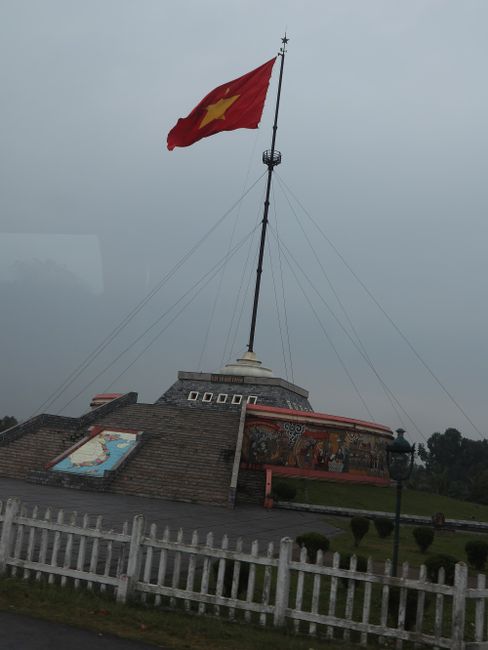
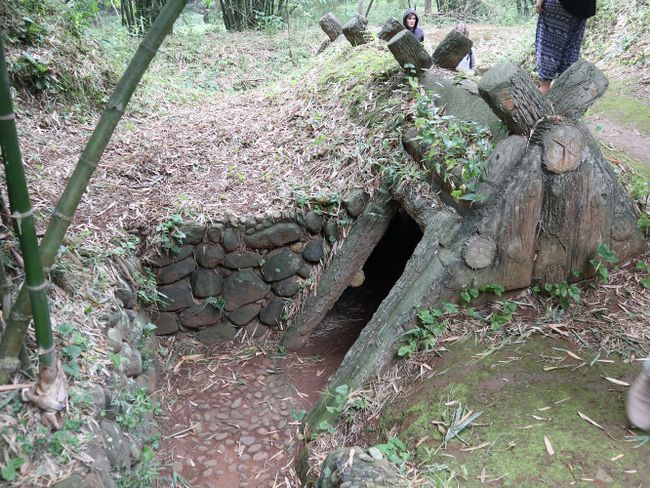
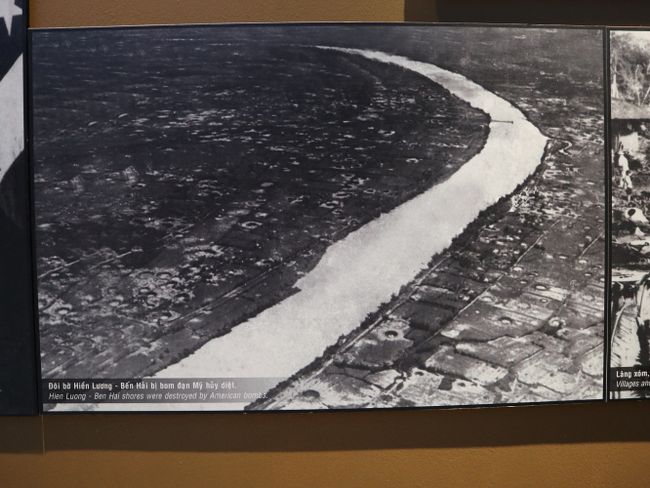
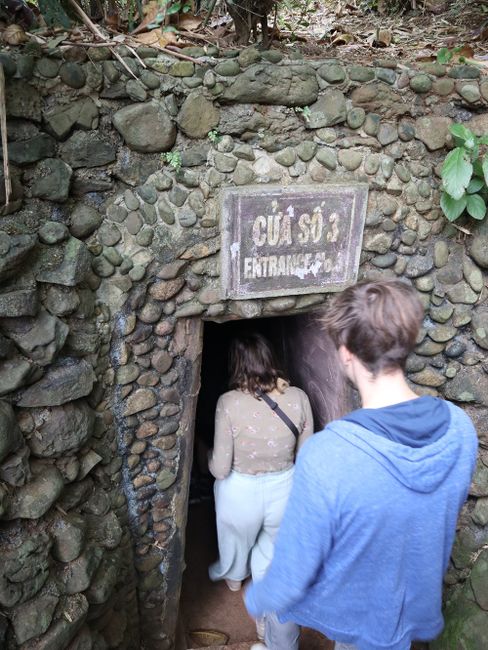
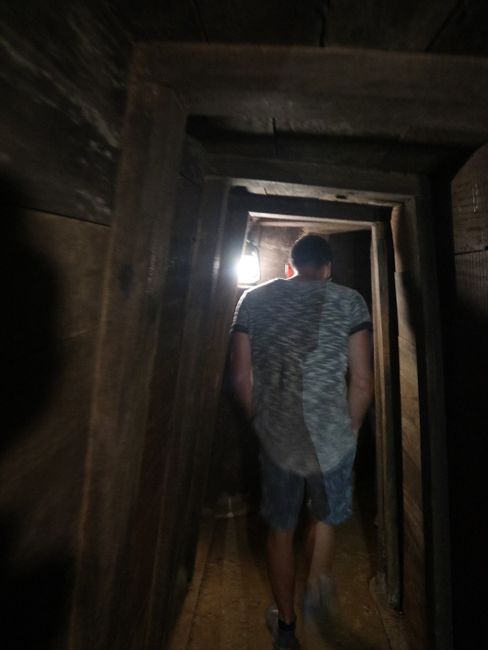
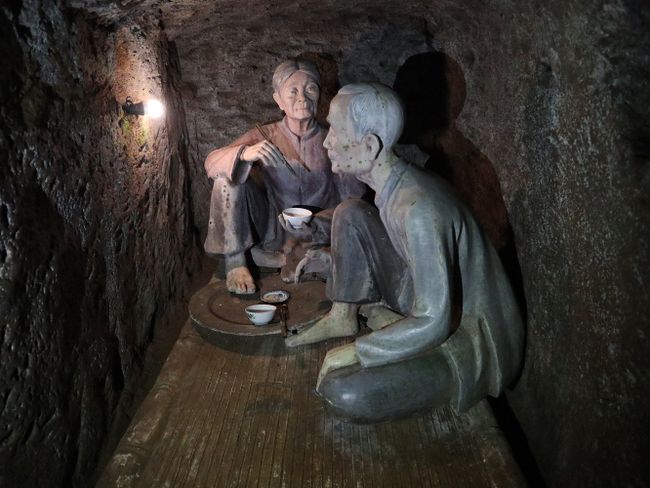
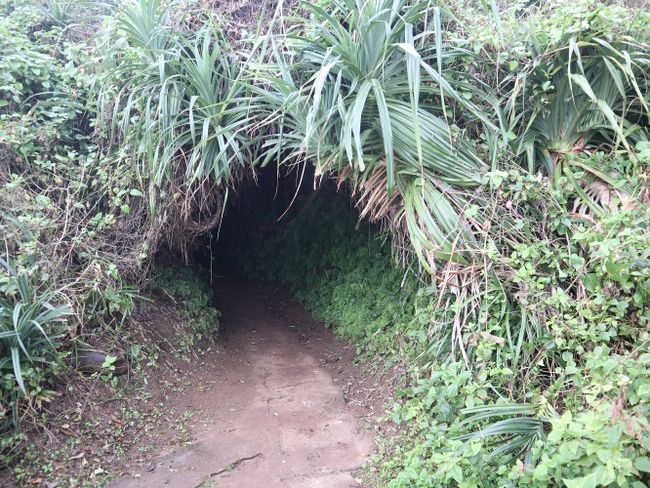
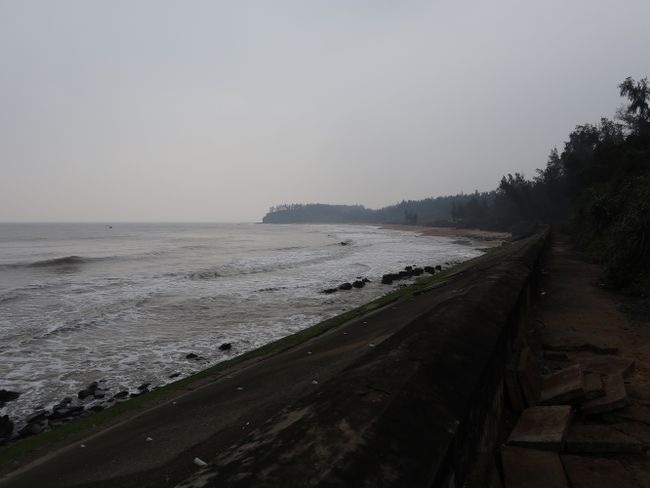
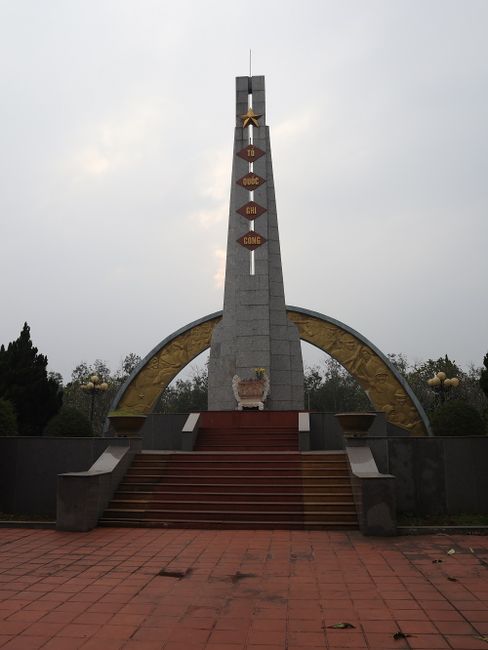
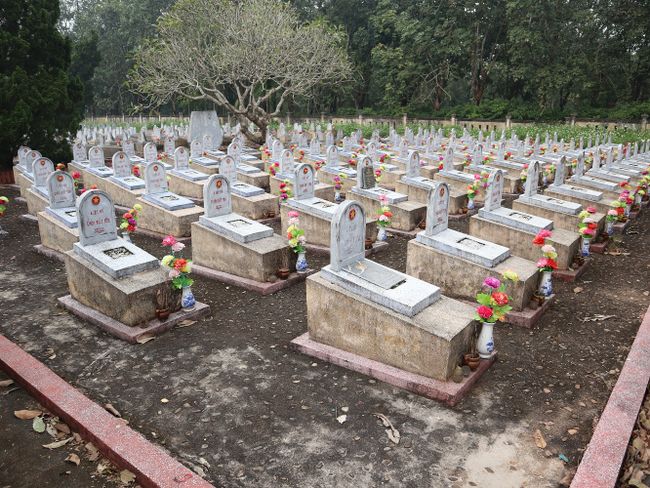
Tilaa uutiskirje
12/12/2019
As we did yesterday, we were at the hostel entrance at 6:55 am and waited for our pick-up. This time there was no last-minute phone call but 7:00 am passed without any comment ;-)
We chatted a bit with the receptionist and around 7:20 am a woman came in and hurriedly told us to get on the bus^^ The bus was like our vegetable transporter on the way to Sapa, and Jonas and I found seats right behind the driver. Four Estonians joined us and then the bus was really full ;-)
Since we had to sign a list, we could see which nationalities the almost 20 participants were: Germans, Brits, New Zealanders, Estonians, Israelis, and Dutch - so a colorful mix that probably reflects the nations that travel to Vietnam or Southeast Asia quite well :)
Our collector said goodbye to us and we set off. Jonas and I booked the tour more or less blindly. We had informed ourselves about what was part of the DMZ tour, but then we booked with another provider (namely our hostel) without asking about the details ;-)
For the next almost 2 hours, we wondered if we had only booked the bus itself and would have to pay admission fees and wander around at various sights. Everything was unclear to us, but we were prepared for everything :p
In Dong Ha, we picked up a Vietnamese woman named Thu, who introduced herself and would be our tour guide for today :) Lucky us^^
She gave us a brief overview of the day's itinerary and our stops, and then told us that we would take a toilet break first because we had been on the bus for two hours already. Ha! My bladder likes that :p
We made the break at a small restaurant that also sold snacks in the store. Jonas and I treated ourselves to a dry baguette bun (we still had bananas and yogurt drinks and a few Choco Pies) and then the journey continued.
DMZ stands for De-Militarized Zone, and visiting it is a must if you want to learn about Vietnam's recent history. While we were driving, Thu gave us a summary:
In 1954, Vietnam was divided into North and South Vietnam after Indochina (Vietnam, Laos, and parts of Thailand) fought against the French colonial power in the Battle of Dien Bien Phu (yes, exactly the Dien Bien Phu we entered Vietnam from!).
The North was ruled by Ho Chi Minh, who had made a significant contribution to the independence from France. The North was communist and had its own army (or rather several). The South had its own president, who had studied in the United States and was very "pro-Western."
The division of Vietnam, which was prescribed by other countries to avoid a civil war, was supposed to last only two years. However, in 1956, the president of South Vietnam (justifiably) feared that he would lose the elections against Ho Chi Minh. Ho Chi Minh was popular both in the North and the South because he declared his main goal to be the reunification of Vietnam.
Contrary to the agreement, Vietnam was NOT reunited in 1956, and thus a kind of civil war started, which initially took place mainly at the border - the DMZ. Ho Chi Minh managed to infiltrate the South repeatedly with his army, and when the Americans, who supported the South because they were in the Cold War against communism (China, Russia...), found out about it, they decided that the president of South Vietnam was too weak to fight communism.
The result was that the Americans sent troops to South Vietnam, and when the South Vietnamese president was assassinated in 1963, America prohibited the election of a new president, effectively taking direct control of the country...
The whole story is (like any war) absurd, but for those who don't know much or anything about it (like Jonas and me until a few weeks ago), I can recommend reading more about it.
I'm writing this little "introduction" so that the rest of the tour I'm going to tell you about makes some sense ;-)
Our first two stops were just photo stops. We first drove into the mountains, past former indigenous people who had resettled there after the war, even though growing food and drinking water were hazardous due to the bombs and especially the poison "Agent Orange". Many children have disabilities or deformities simply because their parents lived in this region...
On one of the hills, the US had erected a radio mast, and we were allowed to take a quick photo of it. The hill itself was not so spectacular, but Thu told us everything so well and explained it that it felt right to follow the suggestion to take a picture :)
The second stop was at the so-called Dakrong Bridge. Although the whole topic is of course very serious and terrible, I found the bridge to be a fun fact. It was a gift from Fidel Castro after the war. It was almost surreal that a smaller and quite distant country would give the Vietnamese a bridge. But, the communist states stick together :)
The bridge was built after the end of the war (1975). Unfortunately, it collapsed in 1999, and the Vietnamese built their own bridge in the same location, which still stands today ;-)
After this photo stop, we drove on to the city of Khe Sang. It is located on a hill, and there is usually a lot of fog there most of the year, so you can hardly see your hand in front of your face.
Nevertheless, the Americans built a base there because they (which was a major theme in the DMZ) wanted to dismantle the Ho Chi Minh Trail, which was the supply route and "secret route" of the troops from North to South.
In a battle lasting over 70 days, the North Vietnamese Army recaptured the base in 1968, and it was considered one of the greatest successes of North Vietnam in the war, resulting in the surviving Americans being evacuated hurriedly by planes and helicopters.
The aforementioned fog was of great importance. The Vietnamese sneaked into the camps and bunkers of the Americans at night and killed them. This led to some American soldiers shooting their own comrades at the first sound in the night or simply not being able to sleep anymore and hiding in the jungle during the day to sleep there. Plans were made in vain in the White House on how to hold or recapture the area, but Vietnam won this battle.
Our stop was then at the Khe Sang Museum. There you can find an exhibition with photos from the battle as well as strategic background information, as well as an open-air museum. There are (reconstructed) bunkers, bombs, and a few vehicles like tanks and planes of the Americans to see - a really interesting exhibition! Even the helicopters were huge :O I didn't imagine them to be that big!
As we walked there, I wondered what the (rice) farmers must have thought almost 50 years ago when those huge planes flew over them... By the way, an older Vietnamese man approached us on the premises. He had collected some medals and badges after the war and now wanted to sell them. We looked at the pieces, but he couldn't convince us to buy any of them ;-)
After visiting the museum, we drove back to Dong Ha to have lunch at the same restaurant as in the morning.
Then we went to three more spots. The first one was at a post of the former border between North and South Vietnam. Today, there are various monuments erected there, and the former bridge was reconstructed based on the old bridge for tourist purposes. It is two-colored and changes color in the middle so that you can distinguish between North and South.
On the south side, there is a large sculpture with a family. The different members represent the wishes and desires of the population during the war. Due to the division of the country, families were torn apart, and even pure visits were prohibited.
Thu explained that the Americans mainly lost the war because they did not understand what the South Vietnamese wanted. The Americans put the simple farmers into camps where they were trained as soldiers, and those who refused were executed. To the Vietnamese, who are mostly Buddhists, their religion is very important. They seek harmony between yin and yang, the living and the dead. When they were sent from their farms to the camps and their ancestors, who are buried nearby with large graves, the last Vietnamese turned against the Americans as well.
Of course, religion was not the main reason. Many South Vietnamese were not even Communists or supporters of the armies of the North. Their goal was simply to reunite Vietnam, to be able to visit their relatives, and to live their everyday lives. Thu explained that the Americans simply didn't understand that, so the Americans fought against a spirit. Not only North Vietnam but also factions in the South turned clearly against them.
Well. In any case, the border and the bridge were quite significant. The zone to the north and south of it - the DMZ - was a so-called no-man's-land since it was the region that was most heavily bombed. Of course, South Vietnam tried to push this border further and further north, so there are countless craters, and even today, there are countless unexploded ordnances in the ground that have not all been found. Rice fields now grow on them, but the area is not yet 100% safe.
I'm not a historian and I'm not giving verified facts here, but the above is what stuck with me ;-)
The next stop was the Vinh Moc Tunnels. As the name suggests, these are tunnels, but their construction and use were very interesting. There are over 124 tunnels in the region north of the former border. They were built by simple farmers who used, for example, metal from detonated bombs as tools.
The Vinh Moc Tunnel was the tunnel closest to the start of the Ho Chi Minh Trail and was built within 20 months. The height is between 1.60m and 1.90m, and as part of the tour, we were allowed to walk through it. There were different "bunks" where people lived, an assembly room, school lessons, and even showers!
The tunnel consists of three levels, each with different functions. Due to its direct location by the sea, the walls were sometimes damp enough to collect drinking water, and there were even emergency slides between the different levels that people could use to find shelter in the deepest level in the event of a bombardment. There was also a proper ventilation system, so that in the five years that people lived there, no one died!
The exits and ventilation shafts of the tunnel (and the others as well) were planted, making them invisible from above to the Americans. They knew about these tunnels, but the exact locations often remained a secret.
The last stop today was a cemetery with a mass grave. 2,000 bodies are buried there, and the majority of them are unidentifiable. Thu said that there are these cemeteries all over the country, and that the largest one has 11,000 graves...
After visiting the cemetery, the tour was over, and we drove back to Hue for two more hours.
We are really glad that the tour worked out today after all. Traveling in Vietnam without learning about the Vietnam War would be like a tourist visiting Germany without looking at anything related to World War II ;-)
It was informative and interesting - especially that we could get to know the "other side" with Thu! In her explanations, she sometimes almost defended the American soldiers by mentioning that these "guys," who were mostly only 18 or 19 years old, simply didn't know what was really going on in Vietnam and that these veterans still suffer greatly from this time even today.
She told us that she sometimes has Americans on this tour and that the conversations with them are often very moving. They say that they don't remember the war properly. They know they did terrible things, but they still struggle with the consequences and the vague memories that they have partly suppressed.
Definitely a different day from the usual "fun" activities, but no less valuable! I can definitely recommend it to others.
Tilaa uutiskirje
Vastaus
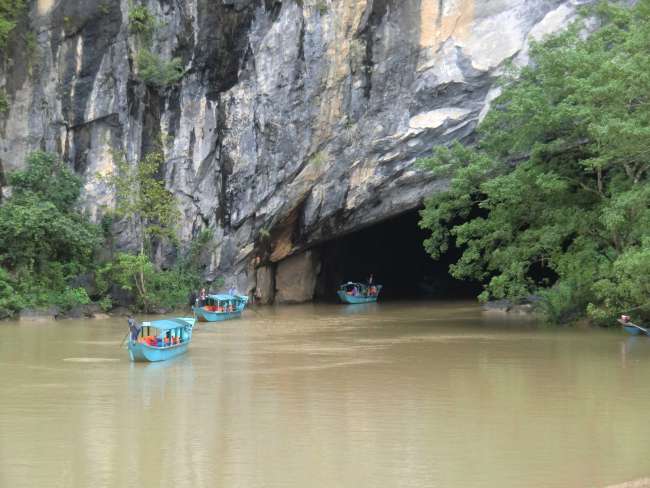
Matkaraportit Vietnam
